The electronics market is filled with thousands of wire models. It is impossible to study everything before choosing. In order not to get confused, you need to understand the differences and features of the species, be able to read the markings.
Stranded and stranded wire
- Lived - current conductor. It is not a finished product - only its basic element. The conductors are made of metals with low resistance - copper and aluminum. The construction of the conductor is single-wire (round and shaped) or multi-wire (metal threads run in parallel or are intertwined with various types of twists).
- The wire consists of one or more conductors in isolation. Additionally, it can be protected with a non-metallic braid.
- IN cable insulated conductors (1 or more) are placed in a sheath, which is formed depending on the conditions of installation and operation. The coating can ensure the use of the product underground, under water, contain a protection screen, armor. The space between the conductors is filled with filler.
- Cords have a high level of flexibility. They are used to connect mobile devices to the network. The name goes out of use.
Wire, cable and cord are cable products. According to the number of conducting elements, they can be single-core and stranded, according to the structure of the conductor - a single-wire core (mono-core) and a multi-wire core. An electric cable, unlike a wire, can be laid openly without boxes, pipes and operated in difficult conditions (in the ground, under water). Cords connect household appliances to the network.
Solid wires for household use
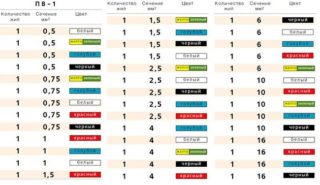
Since 2001, the use of aluminum conductors in residential buildings has been prohibited, so only copper products should be considered.
- PV-1 - mono-conductors in PVC insulation. The marking indicates the type of product - wire, insulation - vinyl (polyvinyl chloride), flexibility class - 1. According to GOST R 53768–2010, the product is marked with PuV - installation wire, insulation contains vinyl. In residential premises, the cross-section of the conductor is from 0.5 mm2 to 6 mm2. Models of this size are produced in yellow-green insulation, which is explained by the widespread use of PV-1 for PE-grounding conductors. The wire is suitable for stationary single installation. The bending radius does not exceed 10 outer diameters. The basic version is versatile and cheap.
- PV-3 consists of an insulated row of twisted copper strands. The new marking is PGV, where G is flexible. Differs from PV-1 in bending radius - 5+ diameters.
Theoretically, wires with one core are suitable for installing lighting circuits, connecting various installations in residential and non-residential premises. It is more convenient to arrange power wiring with multi-core cables, and to charge single-core cables with separate grounding or neutral.
Electricians use PUV and PUGV in the assembly of distribution and distribution boards.
Common multicore cable products
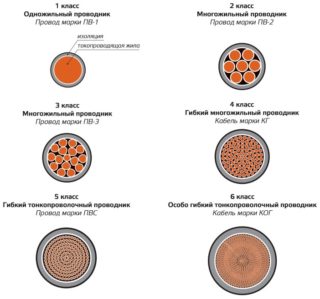
The selection of products with multiple channels is wider.
- PPV - flat rigid wire with 2-3 copper mono-conductors. Two-core varieties are used for simple lighting schemes, wiring in a single-phase system.Garages, summer cottages are equipped with such wires, but they are not suitable for three-phase networks. Three-core PPV is suitable for complex lighting schemes. Normally, it is allowed to be laid only permanently in trays, boxes, cable channels, protective corrugated pipes.
- VVG - round flexible cable in PVC insulation (VVG p - flat). Open and closed gasket. The most demanded brand is VVG ng. Safe for single and group laying. The cable is used in lighting distribution, in power lines. With the help of it, I perform input into the floor, apartment shields. Bending radius 10-15 diameters (7.5 - for grades with stranded conductors).
- NYM is an analogue of VVG ng-LS, which is manufactured in accordance with the German DIN 57250 standard.
- PVA - connecting wire in polyvinyl chloride insulation. It has 3–5 multi-wire insulated conductors, which are twisted and united by a PVC sheath. With the help of it, household extension cords are made, power is supplied to household appliances: stoves, kettles, refrigerators, washing machines and dishwashers. Modifications PVA ng, PVA ng-LS (ng - low flammability, LS - low smoke emission) are suitable for stationary wiring.
- ШВВП - flat vinyl cord with 2+ parallel insulated copper strands. It differs from its predecessor in shape, at a slightly lower price.
The choice of fixed wiring depends on the operating conditions of the room: humidity, fire hazard, temperature. For apartments and premises where people are constantly located, you cannot save on safety - you should choose NYM or VVG ng-LS cables. Smaller buildings can be equipped with low-cost PPVs.
Even a novice electrician can determine the required number of cores. In the simplest single-phase circuit, either a two-core connection is needed, or the phase and zero can go along separate mono-cores. A three-phase system requires a minimum of 4 conductive channels. If you run different wires for each, their number will complicate the installation, create confusion and heaps. The multi-core product organizes, facilitates installation, forms an aesthetic wiring.

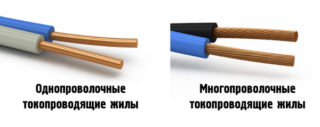
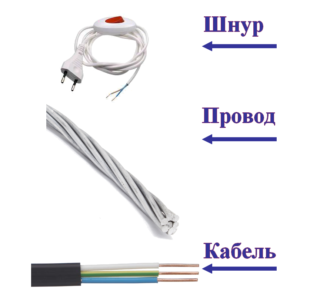
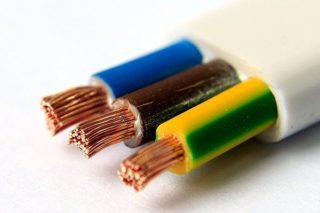
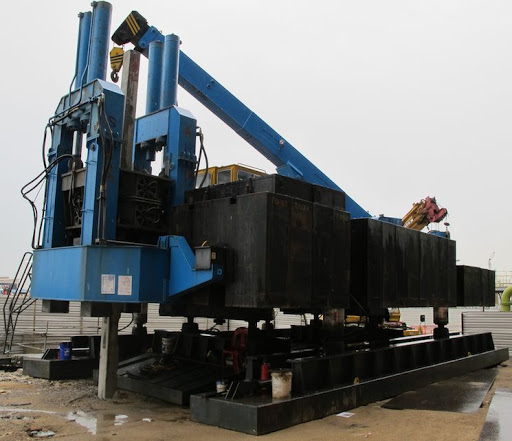
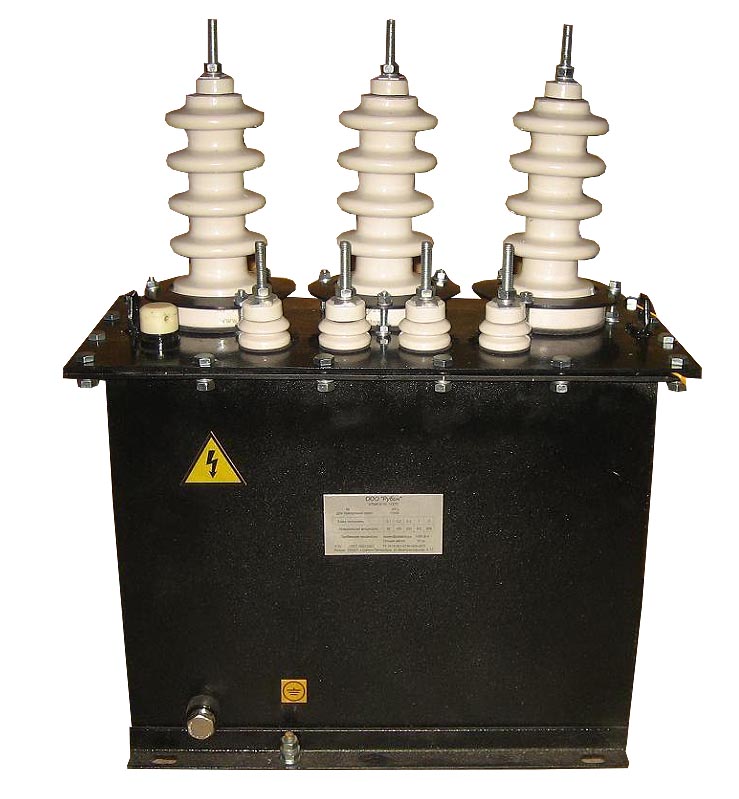
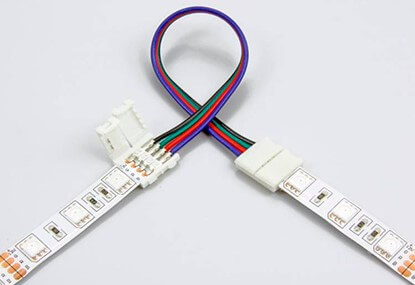
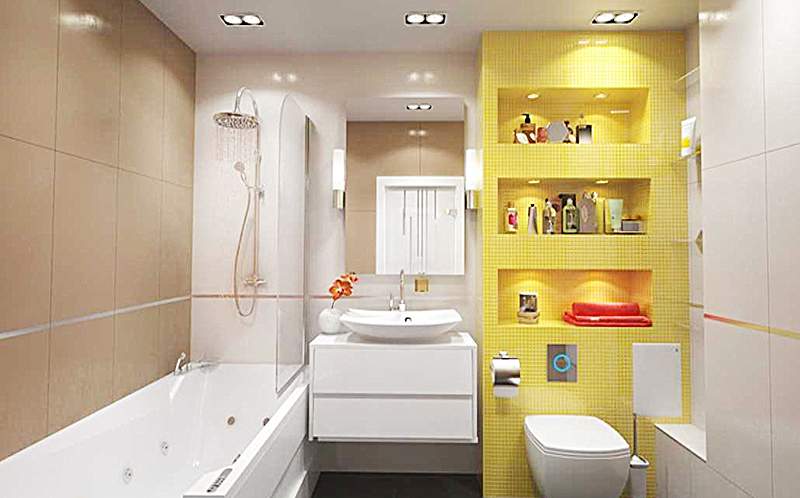
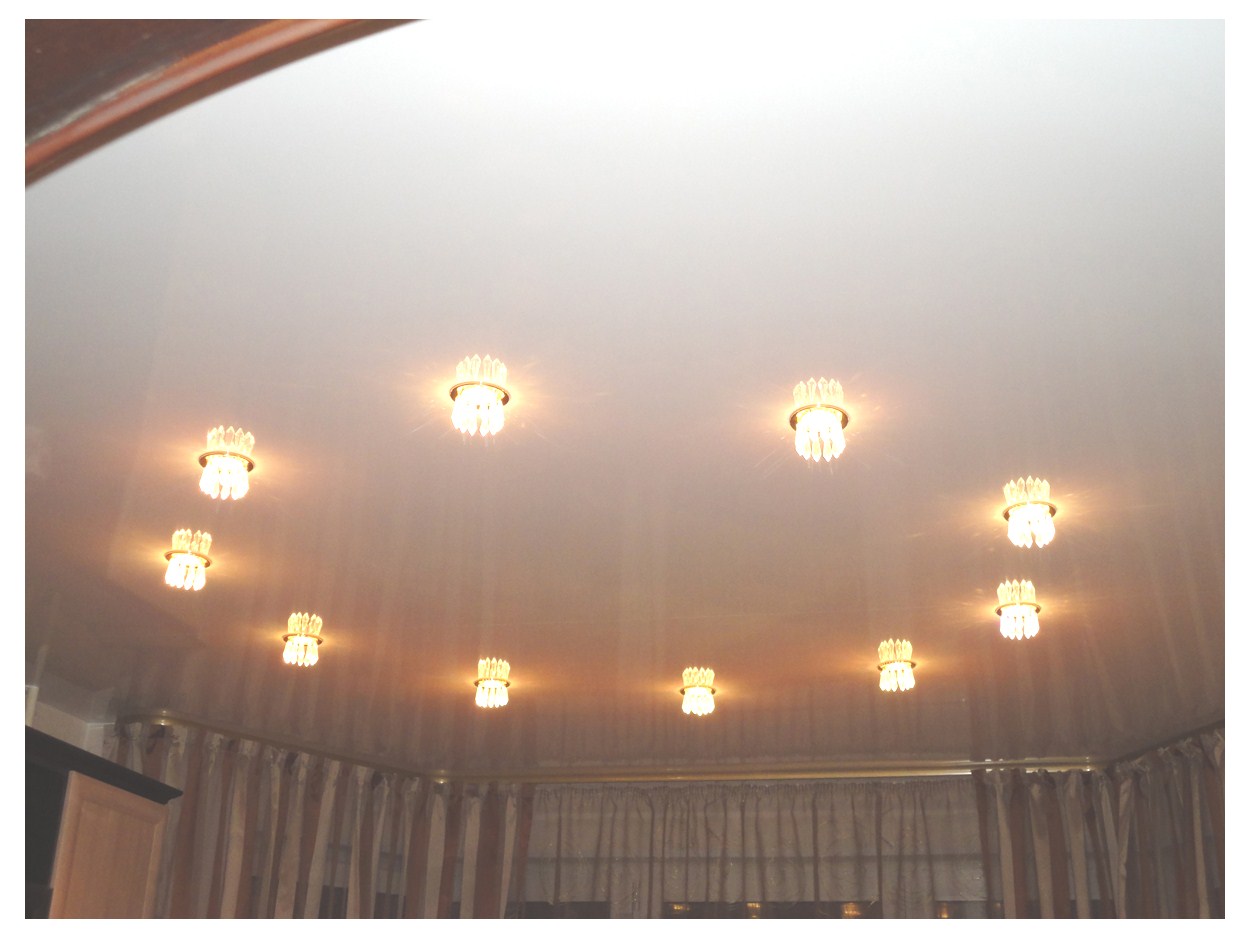
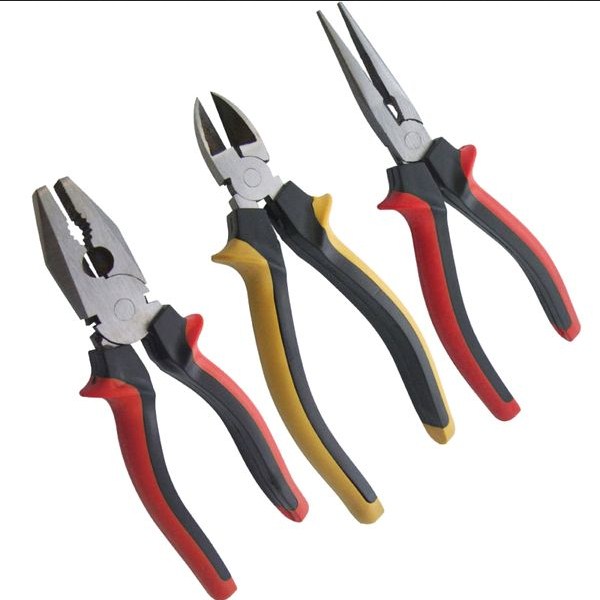
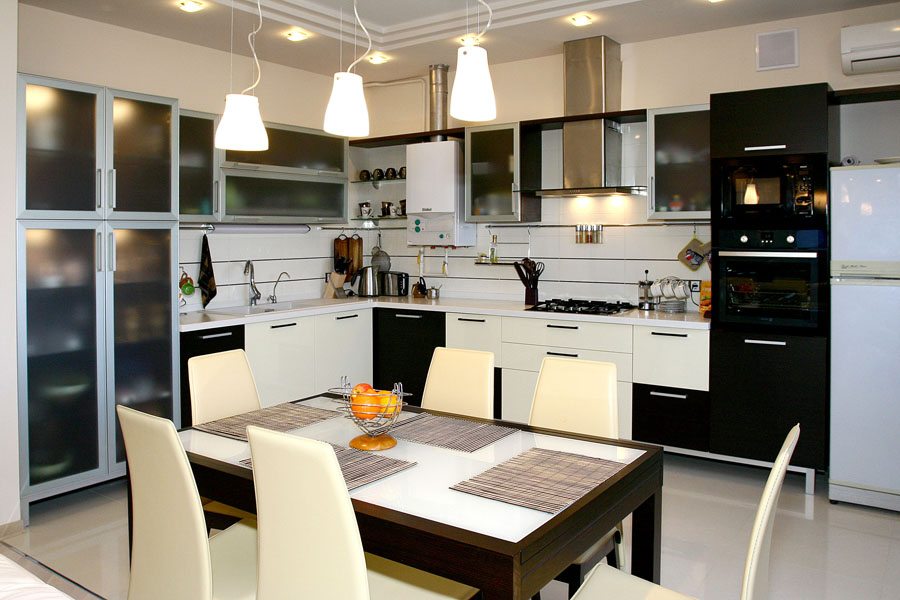
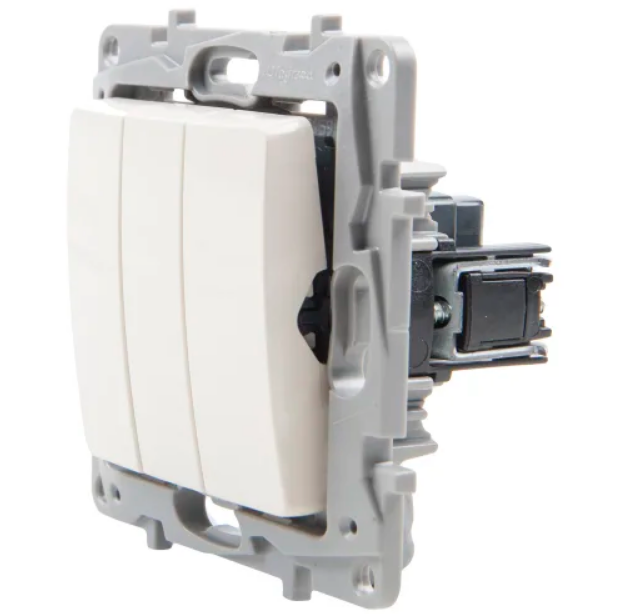
Returning to the same rules of the PUE, in the 7th edition, you can find the requirements stating that all electrical wiring of the residential premises must be performed with a three-core copper cable. The third core is needed for grounding.
There is PUE - everything is printed there. And there is nothing to be wise.